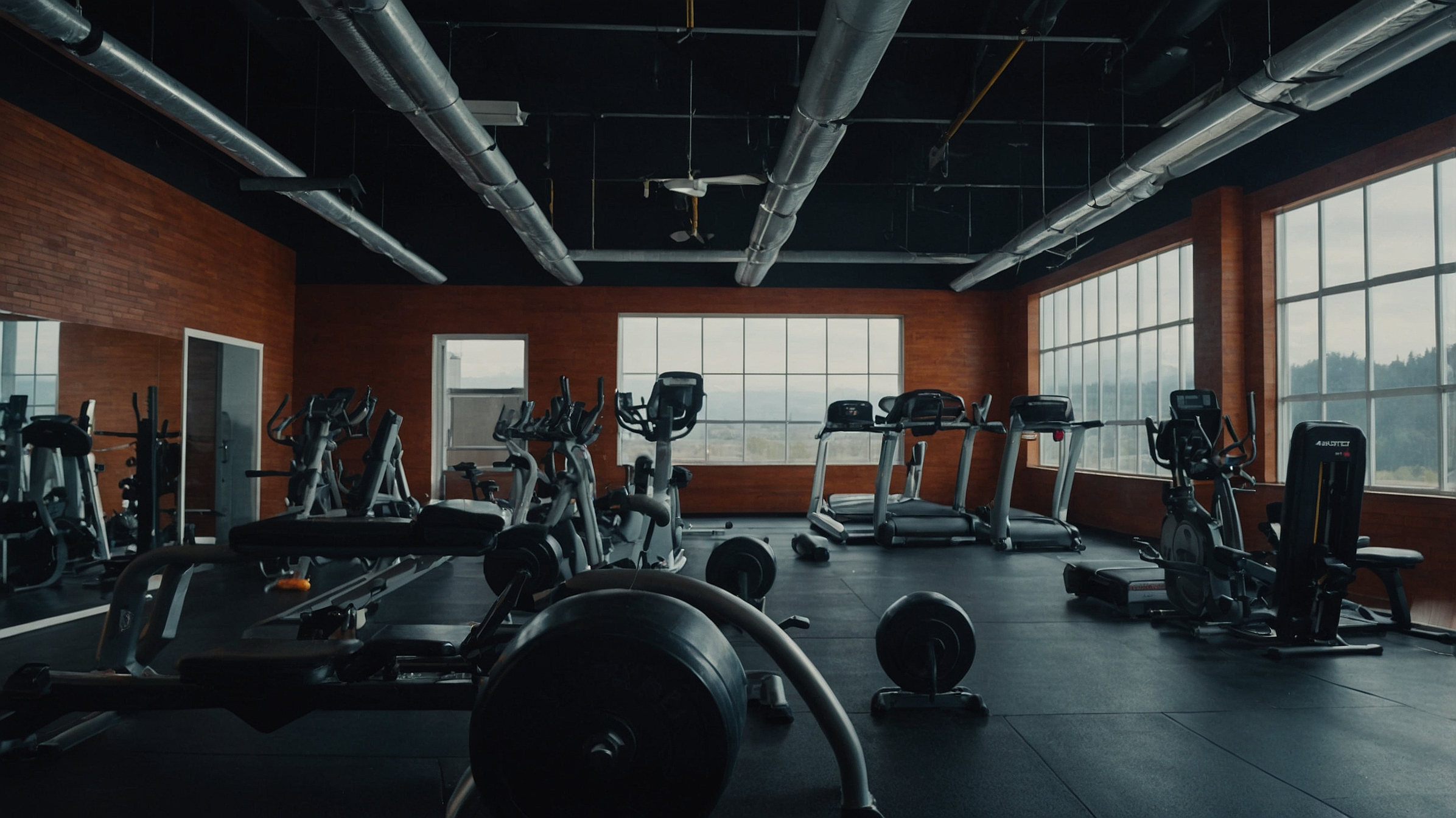Why your workouts feel stuck—and what to do about it
At some point in every fitness journey, you hit it: the dreaded plateau. The workouts are still happening, the effort is there, but progress suddenly stalls. Whether it’s strength, endurance, or weight loss—you’re no longer seeing results. It can be frustrating, confusing, and even discouraging.
But here’s the good news: hitting a plateau isn’t failure. It’s a signpost. It means your body has adapted to the current challenge—and it’s ready for the next one. With a few smart shifts, you can get back on track, stay motivated, and continue to grow stronger, faster, and fitter.
Here’s why plateaus happen and how to break through them without burning out.
Why We Hit Fitness Plateaus
Understanding the “why” behind the plateau helps you fix it more effectively.
1. Adaptation
Our bodies are brilliant at becoming efficient. What once was hard becomes easier as muscles strengthen and endurance builds. Over time, your routine stops challenging you, and progress slows down.
2. Lack of Variety
Doing the same type of workout repeatedly—whether it’s running 5K every day or lifting the same weights—can lead to a performance plateau. You’re no longer stimulating new muscle fibers or pushing your cardiovascular system.
3. Under-Recovery
Rest and recovery are as important as training. If you’re overtraining without enough sleep, stretching, or rest days, your body can stall—or even regress.
4. Nutritional Gaps
You can’t out-train a poor diet. Your body needs the right fuel (protein, complex carbs, hydration) to repair, rebuild, and improve.
Signs You’re in a Plateau
Not sure if you’re in a plateau or just having an off week? Here are some classic signs:
- You’re not getting stronger, faster, or leaner despite consistent effort
- Workouts feel boring or repetitive
- Motivation dips—even though you want results
- You’re not as sore or challenged after sessions
- Sleep or mood may feel off, even with exercise
How to Break Through and Keep Progressing
Let’s look at proven strategies to shake things up and unlock new levels of fitness.
1. Change Your Workout Variables (FITT Method)
Use the FITT principle to guide your changes:
- Frequency – Try adding a session or shifting from 3 to 4 days a week.
- Intensity – Add intervals, resistance, or weight to increase challenge.
- Time – Increase duration slightly to boost endurance.
- Type – Switch from running to cycling, strength training to HIIT, etc.
Even one small change can make a big difference.
2. Cycle Your Training (Periodization)
Professional athletes follow cycles: building, peaking, tapering, and recovery. You can do this too by planning weeks of progression followed by a lighter “deload” week. This gives your body time to rebuild and prevents burnout.
Tip: Use a 4-week cycle—3 weeks of increasing intensity, 1 week of active recovery.
3. Try Cross-Training
Introducing a completely new modality (like yoga, rowing, or kickboxing) can reignite motivation and activate new muscles. It also helps prevent overuse injuries and mental fatigue.
Example: If you usually lift weights, try swimming or Pilates for a few weeks.
4. Track and Adjust Nutrition
If your goals are weight-related, nutrition might be the hidden issue. Try:
- Logging meals to identify gaps
- Increasing protein for muscle recovery
- Hydrating more (especially during higher-intensity weeks)
Pro tip: Consult a registered dietitian or use a macro calculator tailored to your goals.
5. Add Progressive Overload
For strength training, this is key. You need to gradually increase resistance or volume over time:
- More reps
- Heavier weights
- Slower tempo
- Shorter rest intervals
If you’re lifting the same dumbbells you used six months ago, your muscles probably aren’t getting the stimulus they need to grow.
6. Set Micro Goals
Sometimes the plateau is mental. If your progress feels invisible, zoom in on smaller wins:
- One more push-up than last week
- A new personal best in your plank time
- Running 1 minute longer without stopping
Celebrating small milestones keeps you engaged and confident.
7. Prioritize Recovery
Plateaus can signal fatigue. Be honest with your recovery routine:
- Are you sleeping 7–9 hours?
- Are you taking rest days?
- Are you stretching or foam rolling?
- Are you managing stress?
Downtime isn’t lazy—it’s necessary for long-term gains.
Final Thought: Plateaus Are a Sign You’ve Grown
Hitting a plateau can be a powerful reminder: you’ve already made progress. Now, your body is asking for the next level.
By mixing up your routine, listening to your body, and getting strategic, you can push through to the other side—stronger, smarter, and more connected to your fitness journey than ever before.
So next time you hit that invisible wall, don’t give up. Pivot, adjust, and keep moving. Your next breakthrough might be one small change away.





